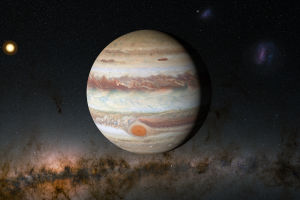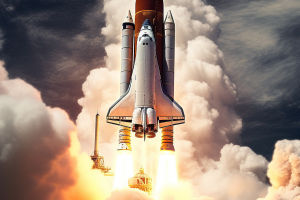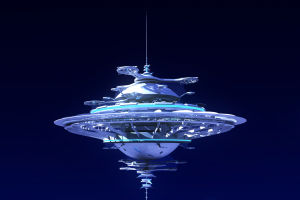Hi Lykkers! Prepare to be amazed by some of the most interesting and fun scientific facts about the moon, revealing the complexities and wonders of our closest celestial neighbor.
The moon has captivated the human imagination for centuries, serving as a muse for poets and a destination for astronauts. Today, it represents the next frontier in adventure travel, promising experiences that are literally out of this world.
The Moon's Formation
Scientists believe the moon was formed approximately 4.5 billion years ago. The prevailing theory suggests that it resulted from a colossal impact between Earth and a Mars-sized body, often referred to as Theia. This violent collision is thought to have thrown vast amounts of debris into orbit, which eventually coalesced to form the moon.
Moon's Surface
The moon's surface is covered in a dusty layer of rock fragments called regolith. This layer is the result of billions of years of meteor impacts. It is so fine and powdery that it posed a challenge for the Apollo astronauts, as it stuck to everything and could potentially damage equipment.
Lunar Eclipses
A lunar eclipse occurs when Earth is directly between the sun and the moon, casting a shadow over the moon. These events can be seen from anywhere on the night side of Earth and can appear in shades of red, earning the nickname Blood Moon.
The Dark Side of the Moon
The far side of the moon, often mistakenly called the "dark side," is never visible from Earth due to the moon's tidal locking. Contrary to popular belief, it receives just as much sunlight as the side facing us.
Shrinking Moon
Recent studies have shown that the moon is gradually shrinking as its interior cools, causing its surface to wrinkle. This shrinking is responsible for causing some of the moonquakes, as the moon’s crust becomes brittle and breaks.
Extreme Temperature Fluctuations
The moon’s surface experiences extreme temperature fluctuations, from blistering 127 degrees Celsius (260 degrees Fahrenheit) during the day to freezing -173 degrees Celsius (-280 degrees Fahrenheit) at night. This is due to the lack of atmosphere to moderate temperature extremes.
These fun facts not only underscore the moon’s scientific intrigue but also its importance in future space exploration and our enduring fascination with the cosmos.


